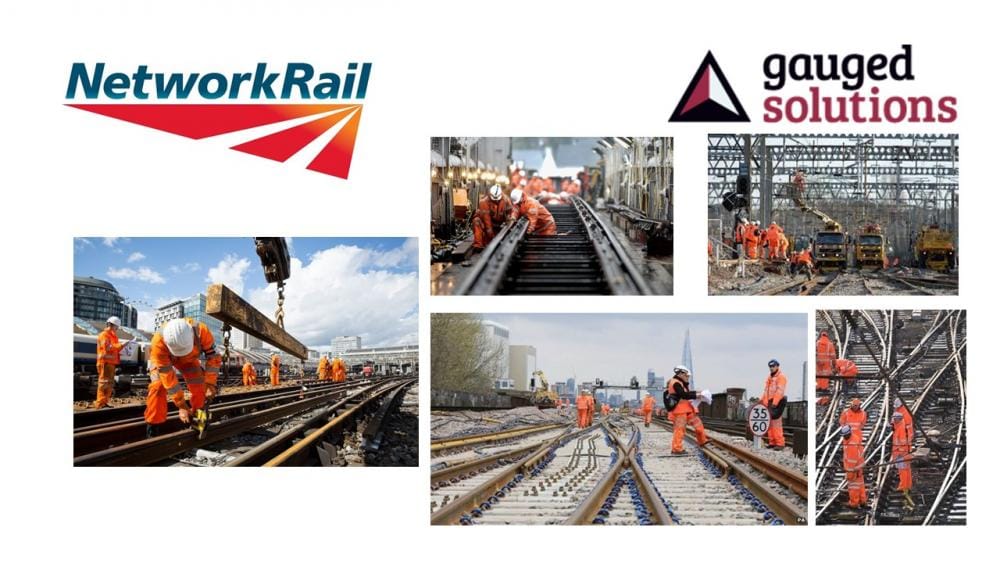
With a rail network that is busier than at any time since the 1920s and routes Network Rail operate, manage and maintain a network of over 20,000 miles of track, 40,000 bridges and tunnels and 6,300 level crossings that is in operation 24-hours a day, 365 days a year.
With the maximisation of rail capacity on existing routes, development of new routes (HS1), new build as well as the refurbishment of existing stations, a need to continually maintain the same and the network divided into distinct devolved Routes significant planning and co-ordination of activities is required to deliver a safe and reliable rail network for passengers and train companies.
As such, so many of the activities of Network Rail fall well within the remit, purpose and requirements of the Construction Design Management Regulations 2015 (CDM2015).
Gauged Solutions recently completed a significant CDM project with Network Rail South East Route, which covers the rail network across Kent, East Sussex and South East London into the heart of the capital and includes the high speed trains operated by Eurostar, the core commuter Brighton Main Line and major stations such as London Bridge.
Having performed similar work within other high risk industry sectors such as power generation, oil and gas and waste, Gauged Solutions were initially engaged to produce a detailed CDM2015 compliance audit covering the divisions of Infrastructure Projects, Works Delivery and Maintenance.
We were then subsequently tasked with developing additional procedures for the Maintenance division which complied with both CDM2015 legislation and Network Rail Standards as well as designing and delivering CDM training to the South East Route management.
Working closely with Ashford and Orpington Maintenance Delivery Units (DUs) and their Programme Manager (Governance, Health, Safety & Environment) we delivered CDM workshops to over 160 staff across all of the regional Maintenance Delivery Units, including Section Managers, Team Leaders, Planners, Engineers, Safety Advisors as well the Infrastructure Maintenance Delivery Managers.
The project was not without its challenges, as highlighted by Asgeir Nilsen, Principal Associate Consultant who delivered the project:-
“It was not a case of creating more procedures that could over-complicate the process nor even changing names of documents to match the key documents referenced in CDM2015. There was clear evidence that the work being done by the planners, engineers and managers and the procedures that had been developed over time all contributed to maintaining a safe rail network. Would creating more paperwork give greater risk management? Arguably not.
It was more a case of highlighting the overall aims of CDM2015, how the ethos of CDM could be followed, using the tools they had to their fullest extent, sharing best practices and examples of successes and, importantly, identifying where improvements could be made in relation to planning and co-ordination of activities.
It was for that reason that we chose a workshop option, to maximise the opportunity for communication and collaboration for the training, to enable those at the sharp end to influence the change and make recommendations and we were able to take away significant lessons learned and potential for improvement that was, in my opinion, liquid gold.
Our strategy of not creating additional and unnecessary bureaucracy has not only been supported by the ORR, in confirming that only a single F10 needed to be produced for their annual planned maintenance and separate CPPs were not required, but being shared with other Routes for their implementation.”
The feedback to the workshops was excellent and we hope that the whole process will help in keeping the railway safe for their workforce, contractors and those of us who use the network on a regular basis.
